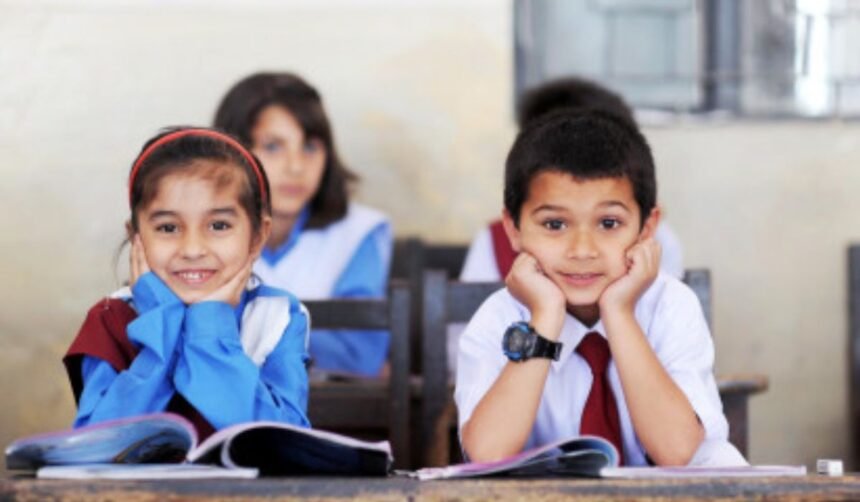Pakistan faces one of the world’s worst education crises with 22 million children still out of school, even as UNICEF warns that global education aid could fall by 24 per cent by 2026.
According to the Pakistan Institute of Education, nearly 38 per cent of school-age children are unenrolled. Balochistan has the highest proportion at 69 per cent, followed by Sindh at 44 per cent, Khyber Pakhtunkhwa at 34 per cent and Punjab at 27 per cent. Even in Islamabad, 15 per cent of children remain out of school. Girls are the most affected, making up 53 per cent of the total.
UNICEF’s latest analysis warns that global aid could shrink to $3.2 billion, pushing nearly six million more children worldwide out of classrooms by 2026. The agency stressed that every dollar cut represents a lost future for children.
Prime Minister Shehbaz Sharif had pledged last year to bring all children into schools by 2025. However, progress has stalled due to underfunding, bureaucracy, and corruption. Pakistan currently spends just 1.7 per cent of GDP on education, far below UNESCO’s recommended 4–6 per cent.
Ground reports highlight ghost schools in Sindh and Balochistan, closed facilities in security-hit KP, and flood-ravaged areas in Punjab where displaced children have not returned to classrooms. Rights activists warn the gap between political promises and reality is widening.
International agencies, including UNICEF, Save the Children and UNESCO, say Pakistan risks “losing an entire generation” if urgent reforms are delayed.






